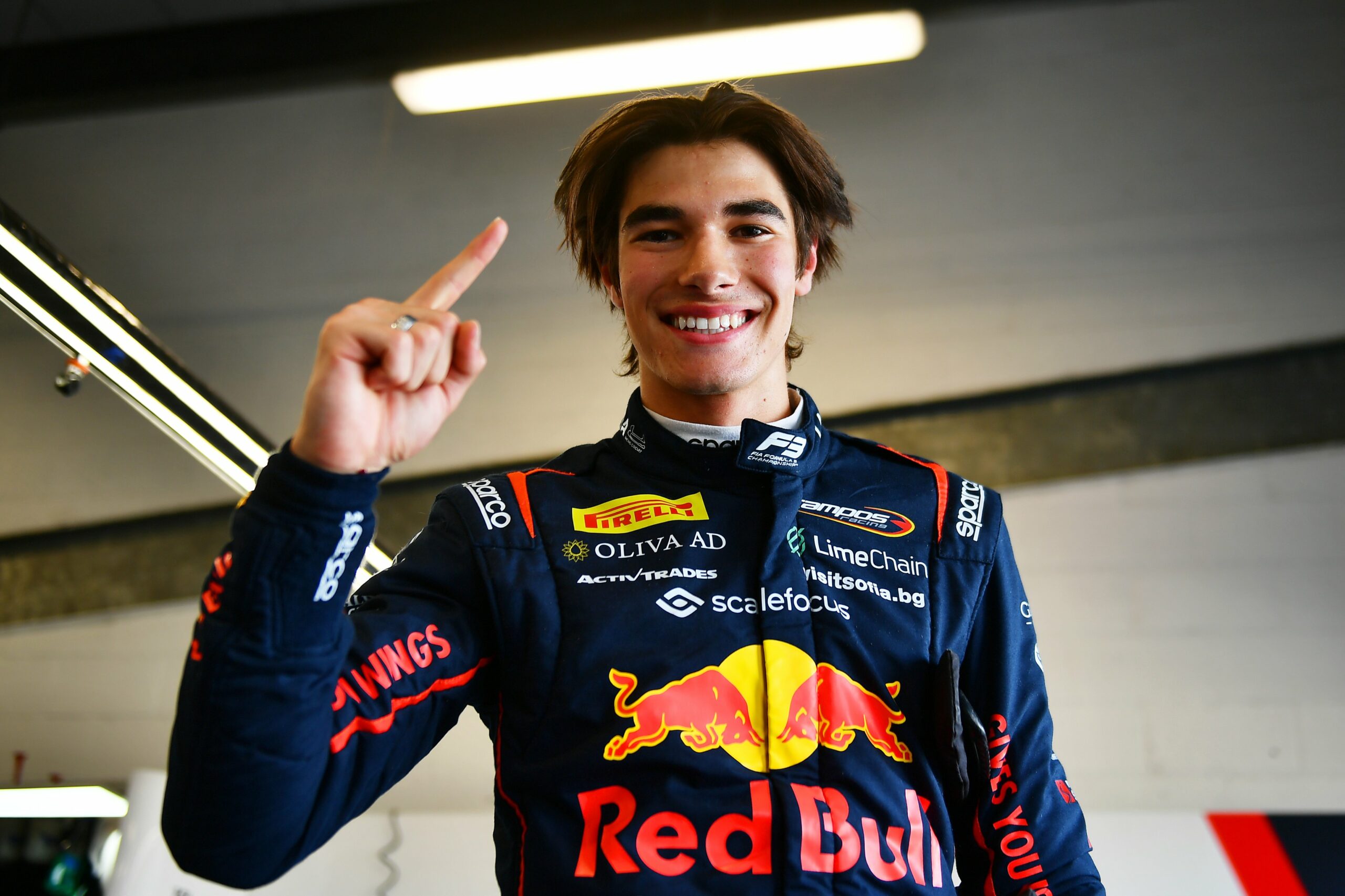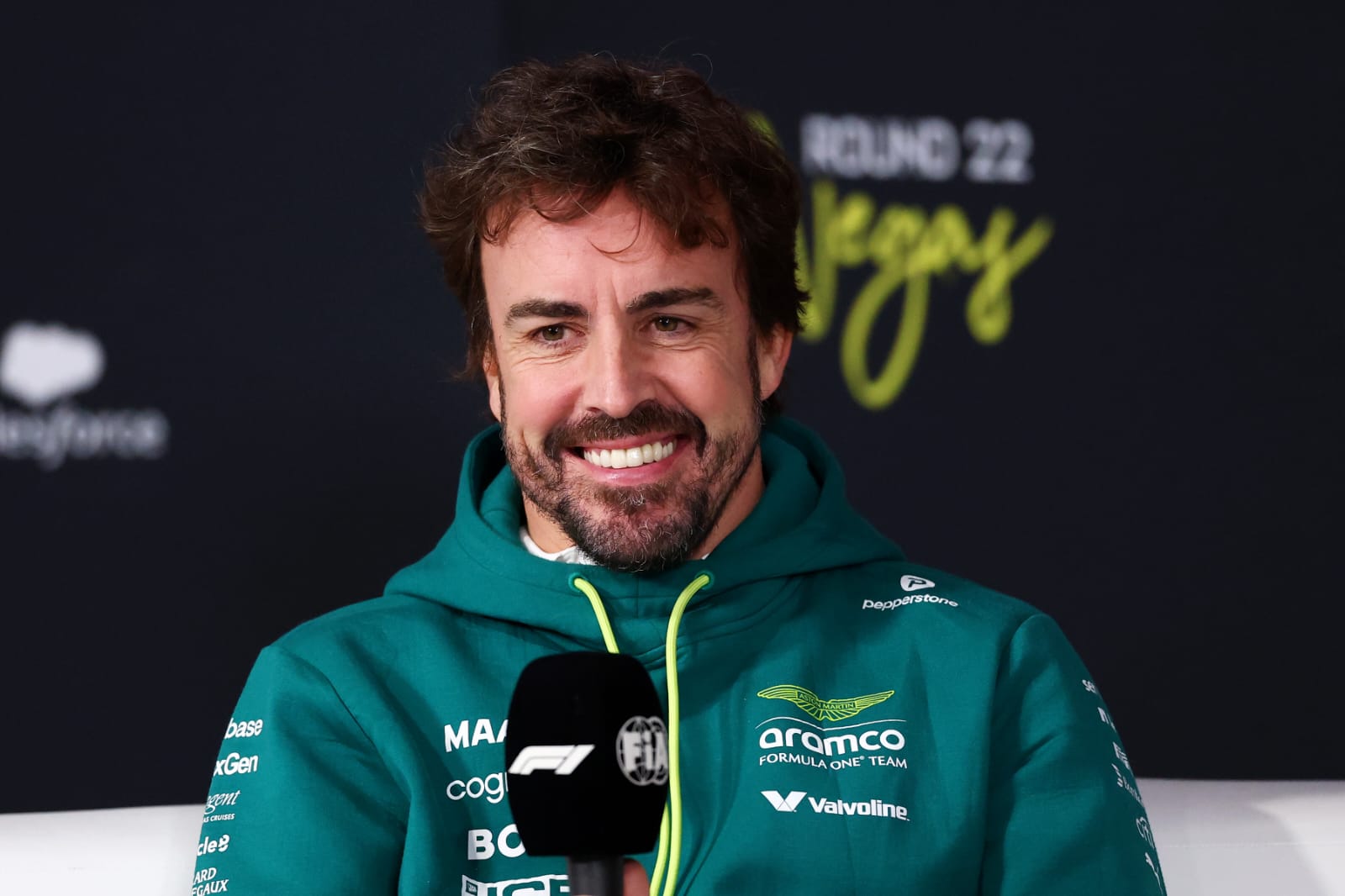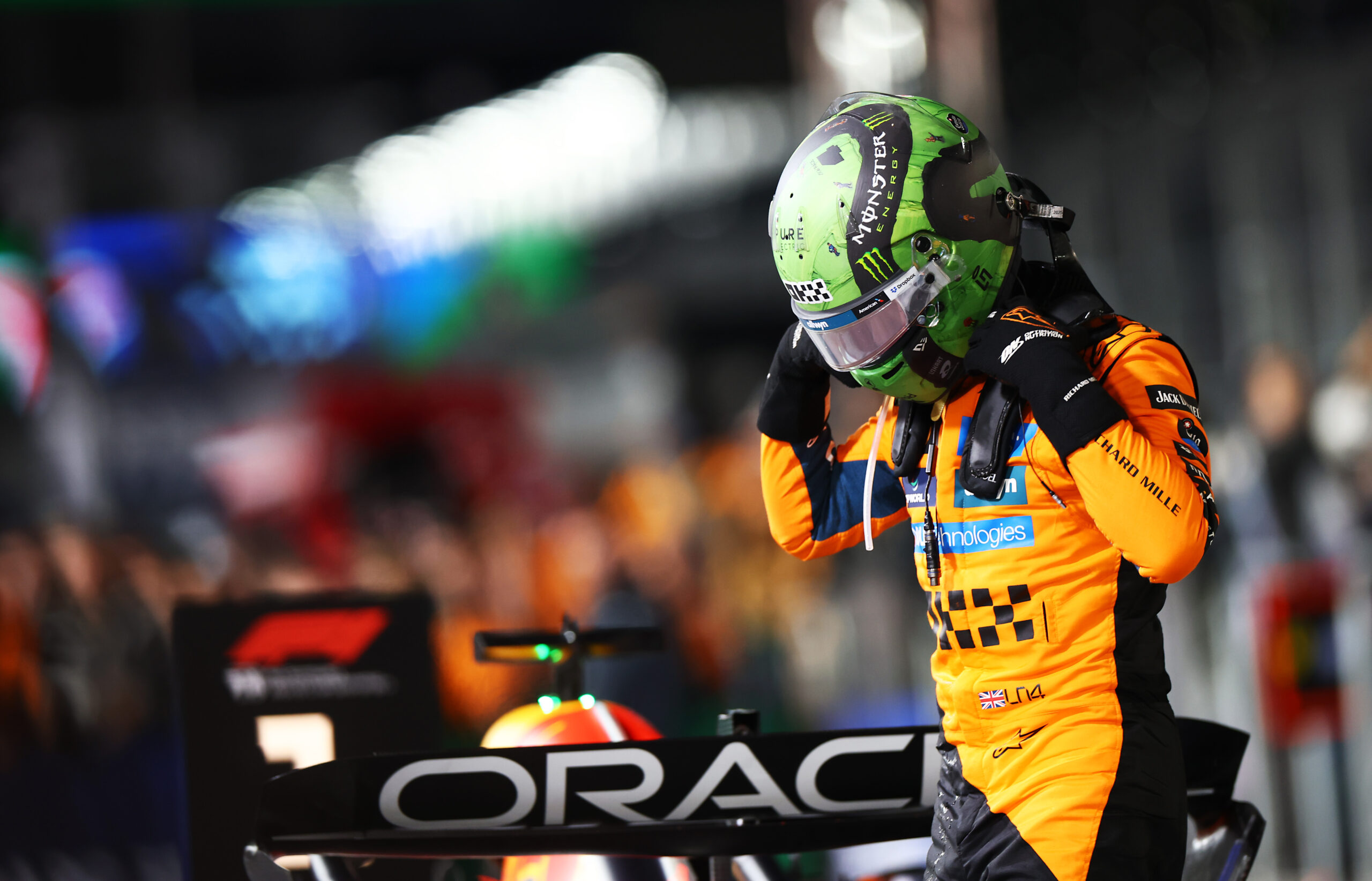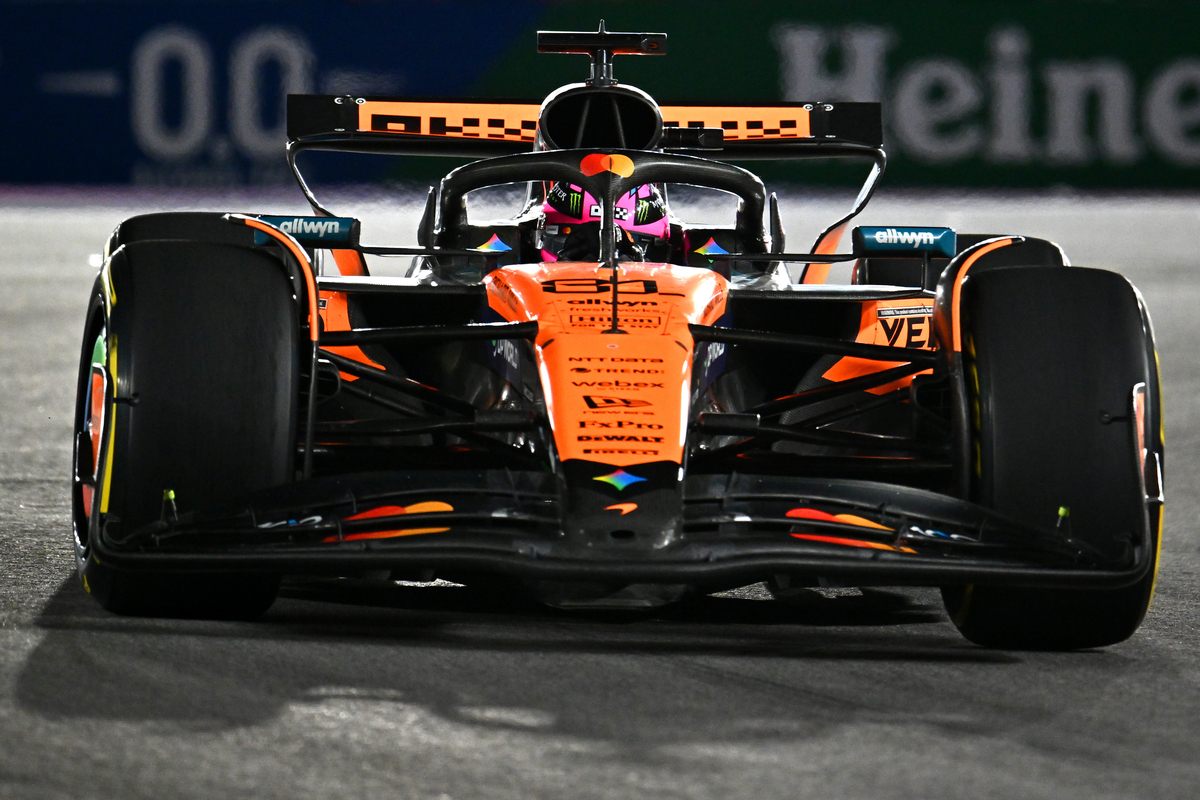Ahead the 2025 Hungarian GP, Nikola Tsolov offered a revealing look into his development as a F3 driver, highlighting how experience and attention to detail have helped him improve his results in the second half of the season. With a solid understanding of what separates good from great in such a competitive championship, Tsolov reflected on the challenges he faced early on, and how learning to master the finer points of the sport has pushed him forward.
Finding what makes the difference
As one of the more experienced drivers on the 2025 F3 grid, despite his age, Tsolov, now a Red Bull junior, has begun to turn raw pace into consistent results. While speaking to the media, including Pit Debrief, he pointed out that speed alone has never been an issue — the key has been learning how to apply that speed when it matters most, especially in areas like traffic management and timing.
“Yeah, obviously, I think it’s really important to know the small things that make a big difference in the end. I consider myself to have always been fast, but never really putting it together when it matters or being in the right place at the right time with traffic management, etc. So there’s a lot of new things that happen in F3 that you need to be really on top of.”
An instrumental learning curve
That learning curve, while steep, has been instrumental in shaping his ability to qualify well and stay competitive throughout race weekends. Over time, he has managed to identify the key factors that influence a strong performance — and apply them.
“And I think I’ve managed to find exactly what I need to be on top of this year,” he said, adding, “And for sure, that’s what’s been helping me, especially in qualifying on the second part to stay up there. And then obviously, when you have a good call, you have a good weekend. So crucially, it’s probably 80% of your weekend.”
Tsolov’s comment underlines just how critical Qualifying is in F3 in 2025, where overtaking opportunities can be limited, and track position is paramount. A strong grid slot often sets the tone for the entire weekend — and having learned how to achieve that more consistently, Tsolov has turned experience into advantage.
Levelling the field, elevating the driver
Earlier this year, Bruno Michel, CEO of the F2 and F3 championships, noted that equal machinery across the field puts more responsibility on the driver to make the difference. When asked to reflect on that idea, Tsolov agreed — but added nuance by pointing out that while the cars may be the same in theory, execution still varies from team to team.
“Yeah. So obviously everyone has the same equipment, but you know, it has a potential that obviously each team reaches on a different level. So clearly there’s better teams and worse teams, which is also good,” he said in response to a question from Pit Debrief.
That variation in team performance — even with standardised machinery — adds an extra layer of challenge. Yet, according to Tsolov, it is the driver who still plays the biggest role in influencing F3 results in 2025
“It’s part of the sport, I think. But yeah, you probably make the biggest difference as a driver because, I mean, there’s so many little things that you can do that change a lot your end result. Obviously, the thing with good teams as well is they know how to teach the driver to do these things right.”
In this environment, the driver’s ability to fine-tune their approach — both on and off the track — is critical. The technical elements that contribute to a lap time go far beyond throttle input and braking points. Preparation, feedback, racecraft, and tyre management are just as important.
Communication as a performance tool
One area where Tsolov has grown significantly is in his communication with engineers — a vital but often overlooked element of success in junior formulae. He reflected on how his ability to provide useful feedback has evolved over time, and how teams can help drivers develop that skill.
“So whether it’s the way you warm up the tyres, it’s the way you manage traffic, it’s the way you give feedback and stuff like that, you know, coming from karting and even F4, your feedback is probably not the best. So if they teach you in a way that you can express yourself and the feelings that you feel inside the car the best, it can really change the way they set up the car later.”
That connection between driver and team becomes especially valuable in a championship like F3, where small changes in car setup can mean the difference between a top-five finish and a point-less weekend. Being able to explain sensations in the car accurately allows engineers to respond effectively — creating a feedback loop that elevates overall performance.
“So for me, it’s a teamwork. Obviously, it’s not one or another. But yeah, it’s all about extracting the most of what you have.”
Tsolov’s recognition of that balance — between individual effort and collective execution — demonstrates a mature understanding of modern motorsport. F3 drivers not only race; they help develop their own race cars over a weekend. Success depends on the strength of that driver-engineer dynamic as much as it does on outright speed.
A more complete competitor
Nikola Tsolov’s journey through F3 in 2025 reveals the layers of skill required to thrive in a single-make series where the machinery is designed to be as equal as possible. His growing ability to combine pace with awareness, communication, and strategic execution has elevated him into a more complete competitor. By mastering the finer details and working closely with his team, Tsolov continues to find performance in the margins — and in F3, that’s where races are won.





